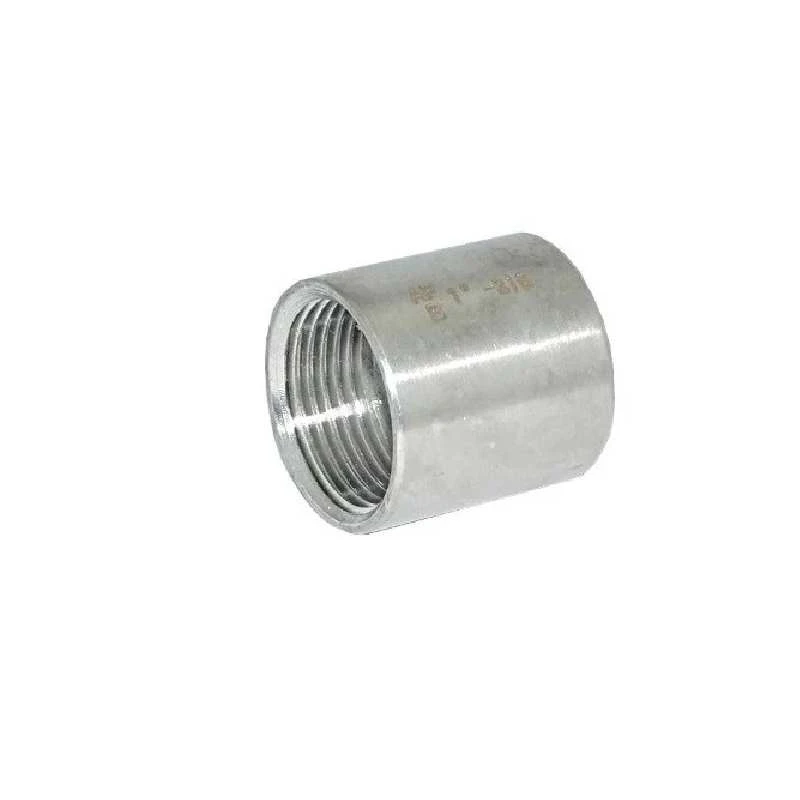-
Cangzhou Yulong Steel Co., Ltd.
-
Phone:
+86 13303177267 -
Email:
admin@ylsteelfittings.com
- English
- Arabic
- Italian
- Spanish
- Portuguese
- German
- kazakh
- Persian
- Greek
- French
- Russian
- Polish
- Thai
- Indonesian
- Vietnamese
- Zulu
- Korean
- Uzbek
- Hindi
- Serbian
- Malay
- Ukrainian
- Gujarati
- Haitian Creole
- hausa
- hawaiian
- Hebrew
- Miao
- Hungarian
- Icelandic
- igbo
- irish
- Japanese
- Javanese
- Kannada
- Khmer
- Rwandese
- Afrikaans
- Albanian
- Amharic
- Armenian
- Azerbaijani
- Basque
- Belarusian
- Bengali
- Bosnian
- Bulgarian
- Catalan
- Cebuano
- China
- China (Taiwan)
- Corsican
- Croatian
- Czech
- Danish
- Esperanto
- Estonian
- Finnish
- Frisian
- Galician
- Georgian
- Kurdish
- Kyrgyz
- Lao
- Latin
- Latvian
- Lithuanian
- Luxembourgish
- Macedonian
- Malgashi
- Malayalam
- Maltese
- Maori
- Marathi
- Mongolian
- Myanmar
- Nepali
- Norwegian
- Norwegian
- Occitan
- Pashto
- Dutch
- Punjabi
- Romanian
- Samoan
- Scottish Gaelic
- Sesotho
- Shona
- Sindhi
- Sinhala
- Slovak
- Slovenian
- Somali
- Sundanese
- Swahili
- Swedish
- Tagalog
- Tajik
- Tamil
- Tatar
- Telugu
- Turkish
- Turkmen
- Urdu
- Uighur
- Welsh
- Bantu
- Yiddish
- Yoruba

Nov . 16, 2024 05:06 Back to list
pipe flange types
Understanding Pipe Flange Types A Comprehensive Guide
Pipe flanges are crucial components in piping systems, providing secure connections between different sections of pipe and equipment. They allow for easy assembly and disassembly of piping systems, making maintenance and replacement relatively simple. In industrial applications, choosing the right type of flange is crucial for ensuring the integrity, efficiency, and safety of the system. This article explores the various types of pipe flanges, their characteristics, and their applications.
1. Weld Neck Flanges
Weld neck flanges are one of the most commonly used types of flanges in piping systems. They feature a long tapered neck that provides a strong weld connection to the pipe. This design allows for a gradual transition of stress and is ideal for high-pressure applications. Weld neck flanges are used extensively in the oil and gas industry, chemical processing, and other high-stress environments.
2. Slip-On Flanges
Slip-on flanges are designed to slip over the end of the pipe. They are easier to install than weld neck flanges and typically require less precise machining. However, because the flange is not welded to the pipe wall, it is not as strong as a weld neck flange. Slip-on flanges are commonly used in low-pressure applications, such as water and sewage piping.
3. Blind Flanges
Blind flanges are solid flanges with no hole in the center, used to seal the end of a piping system. They provide an effective way to block off a section of a pipe for maintenance or repair. Blind flanges are available in various materials and thicknesses and are commonly found in applications where pressure retention is critical, such as in pressure vessels.
4
. Threaded Flangespipe flange types

Threaded flanges feature internal threads, allowing them to be screwed onto the ends of the pipe. This flange type is particularly useful where welding is not feasible, such as in systems handling flammable fluids or gases. Threaded flanges offer a secure connection and are easy to install; however, they are limited to low-pressure applications due to their strength characteristics.
5. Socket Weld Flanges
Socket weld flanges are similar to slip-on flanges, but they have a socket that allows the pipe to be inserted and welded in place. This type of flange is best suited for high-pressure applications, as it provides a stronger connection than slip-on flanges without the need for extensive machining of the pipe. Socket weld flanges are commonly used in chemical and petroleum industries.
6. Lap Joint Flanges
Lap joint flanges are used with a stub end and are primarily designed for applications where frequent dismantling is required. These flanges allow for smooth alignment and are often used in systems that require pipe movement. They can be less expensive to manufacture and are often preferred in low-pressure systems.
7. Raised Face Flanges
Raised face flanges are the most common flange type and provide a higher surface area for the gasket, ensuring a stronger seal. The raised area around the bolt holes allows for better compression of the gasket, making these flanges suitable for high-pressure applications. They are typically used in conjunction with a variety of gasket materials based on the service conditions.
Conclusion
In summary, the choice of pipe flange types plays a significant role in the performance and reliability of a piping system. Each type of flange has its unique characteristics and is suited for specific applications. Understanding these differences is key to selecting the right flange for any project, ultimately ensuring optimal operation and safety while minimizing downtime and maintenance costs. Whether you’re working in construction, manufacturing, or maintenance, having a firm grasp on flange types will undoubtedly enhance your effectiveness and ensure the longevity of your piping installations.
Latest news
-
ANSI 150P SS304 SO FLANGE
NewsFeb.14,2025
-
ASTM A333GR6 STEEL PIPE
NewsJan.20,2025
-
ANSI B16.5 WELDING NECK FLANGE
NewsJan.15,2026
-
ANSI B16.5 SLIP-ON FLANGE
NewsApr.19,2024
-
SABS 1123 FLANGE
NewsJan.15,2025
-
DIN86044 PLATE FLANGE
NewsApr.19,2024
-
DIN2527 BLIND FLANGE
NewsApr.12,2024
-
JIS B2311 Butt-Welding Fittings LR/SR 45°/90° /180°Seamless/Weld
NewsApr.23,2024











